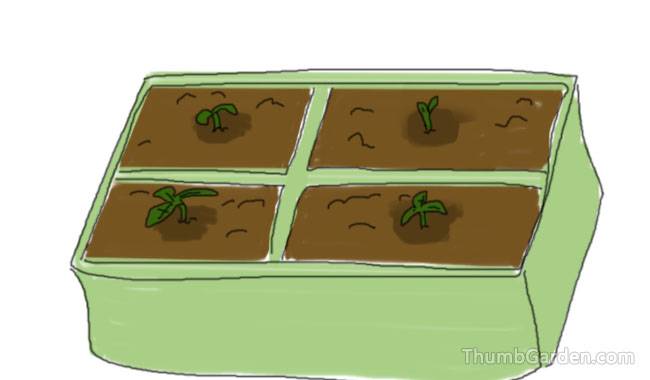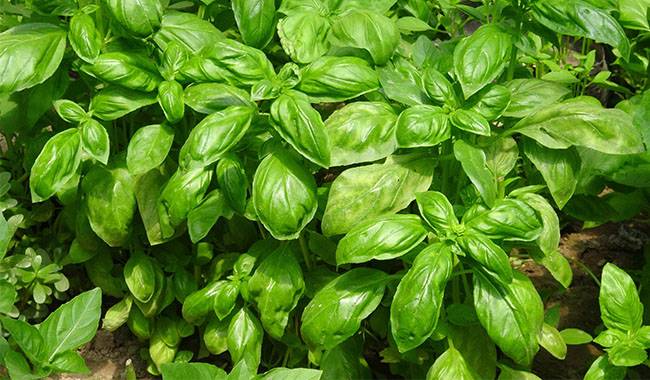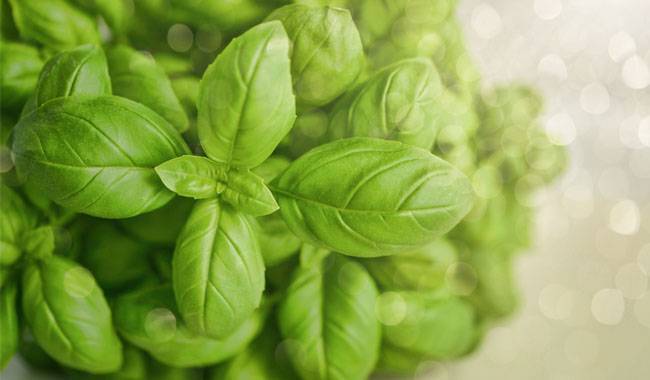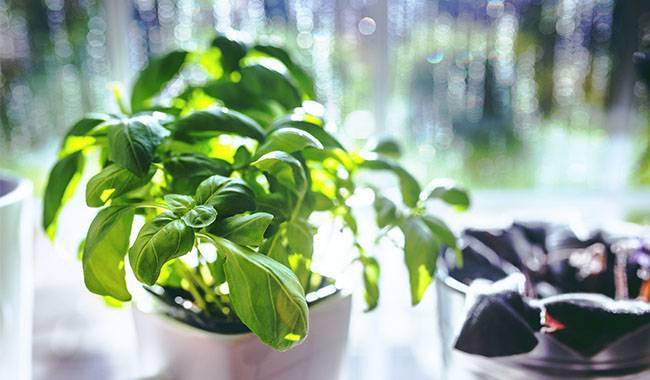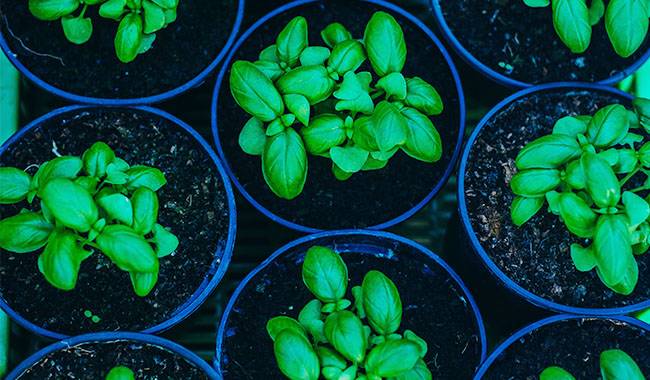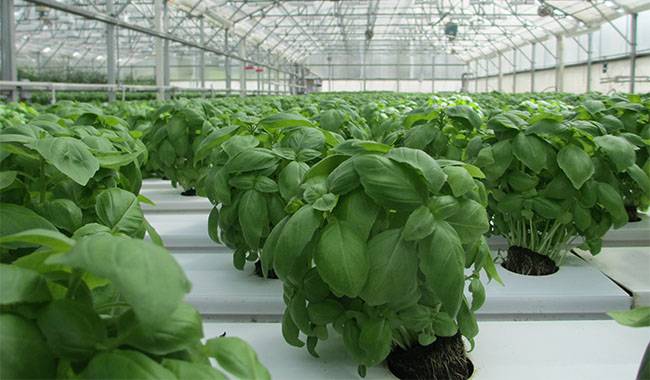
Basil is a very useful plant that should be planted by every summer resident and gardener. So how to plant basil? This article will give you the answer.
The culture is widely used in cooking, giving dishes an exquisite and interesting flavor and beneficial properties for the human body.
And the plant smells delicious, repels pests, and decorates the garden through its decorative qualities! If you want to green up early, then it is recommended to grow basil at home from seeds.
India is this fragrant green plant. We have been accustomed to using it as a seasoning in meat or salads, it increases appetite and helps digest food faster.
Traditional medicine uses basil as an antibacterial, antipyretic, and pain reliever. In its lively home, it is acclaimed for its revitalizing and invigorating effects. It is therefore not surprising that our summer residents are interested in growing basil in the wild.
DESCRIPTION OF BASIL
Basil is a popular genus of annual or perennial herbs in the Labiatae family. Shrubby forms of basil are also found.
Basil grows naturally in tropical and temperate climates. Africa is considered to be the birthplace of the herb.
A popular food spice, basil, is also known as scented cornflower.
The root of basil is superficial and the stem is straight, branching, and densely leafy.
Basil’s oblong, serrated leaves are covered with sparse fuzz and can be green or purple in color.
Small, white, light pink or purple undescribed basil flowers are collected in-ear or brush inflorescences.
Basil fruits are nuts. The seeds can survive for about 5 years.
Externally, this aromatic herbal spice resembles a dense little bush 15-80cm (5.9-31.4inch) tall, depending on the variety.
THE BENEFITS OF BASIL
The main advantage of this herb is its pronounced aroma due to the presence of complex essential oils in the plant.
The plant contains many useful vitamins (C, PP, B2,), trace elements, carotenoids, plant fungicides, vitamin pro-A, rutin, etc.
Due to the complexity of useful substances, basil stimulates the immune system, has an antiseptic, antipyretic effect. It has a tonic and antioxidant effect.
The consumption of basil is particularly useful for viruses, infections, and respiratory diseases.
In addition to its therapeutic effects, basil has a general strengthening effect on the body, improves memory, stimulates mental activity, and strengthens the nervous system.
The aromatic spice is good for resolving inflammatory processes in the mouth (tooth decay, tartar, stomatitis) and for eliminating bad breath.
Basil is effective in the use of people with intestinal gas and bloating or gastrointestinal disorders.
Basil is widely used in food as a flavoring to improve the taste. Purple basil varieties are considered to be the most fragrant. They are particularly popular in the Caucasus and Asia. The green variety is in greater demand in European and Mediterranean cuisine.
Basil also has contraindications. Therefore, the abuse of this spice is not recommended for people suffering from cardiovascular disease, diabetes, thrombophlebitis, and vegetative-vascular dystrophy.
SEED SELECTION AND PREPARATION
A simple but important tip will help you choose quality premium planting material – buy seeds from reliable stores and outlets with good reviews and get good reviews from trustworthy producers.
What seeds are best not to buy? Products with damaged, wrinkled, and soiled packaging (it is possible that the goods were stored incorrectly and therefore the germination rate will be reduced), as well as suspiciously cheap goods.
Seeds from this culture germinate well and do not require pre-sowing treatment. However, if you want faster, friendlier shoots, treat them in a growth stimulant. You will need to soak the seeds according to the instructions on the package.
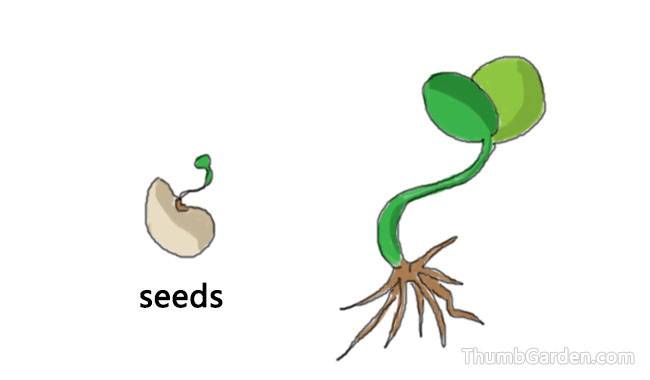
WHEN TO SOW BASIL
Basil is unpretentious, it likes lots of suns, heat, moisture, and loose light soil.
It can be grown on a windowsill, in a greenhouse, or even in a vegetable bed. In the open ground, it will grow comfortably when the threat of frost has passed and warm weather has established itself.
In the intermediate zone, such conditions are not created until June, so this is the best time to sow basil.
However, you do not have to condition yourselves with leaves until August. A better option is to plant seedlings at home in the spring and grow already strong plants in the open ground in the summer.
It takes at least 2 months for the seedlings to grow. If the soil warms up in early June and the heat settles in, you can sow seeds in early April.
On the windowsill, the plants already have enough light in March to be sown at this time if you do not plan to plant a vegetable garden.
There are many varieties and species of basil, and you can easily choose seeds in specialized stores.
The most common varieties in our country are the following: lemon, Mexican, anise, and purple. They have different shades of flavor and appearance.
Violet has reddish-purple leaves and is used in Caucasian dishes. Anise basil has greenish-silver leaves with a distinct aniseed flavor and is most commonly used in Thai cooking.
Lemon – based on its name it smells like lemon and is added when cooking fish. Mexican has a cinnamon-like odor and dark purple leaves.
All basil seeds have an ether coating (as do the seeds of other pungent plants), which is what makes them difficult to germinate.
However, it is not necessary to soak them like vegetable seeds, but simply to heat them. Experts recommend keeping them in a warm place at a temperature of 30°C (86°F) for a few weeks before sowing.
Resourceful gardeners have invented the possibility of heating the seeds near a steam-heated radiator, for which they can be placed in a bag made of natural fabric and tied to the radiator.
When the pot and soil mixture is ready, you can keep the seeds warm for a few hours in a bright pink solution of manganese, the same solution some experts recommend watering the soil before sowing – the decontamination of the soil will not prevent young roots.
BASIL SOWING SOIL
The soil mixture for basil should be loose and rich in nutrients. Composition of the soil mixture: humus or decomposed compost, peat, washed sand (2:4:1).
The mixture is filtered and steamed in a water bath for 1 hour. Heat treatment will destroy fungal pathogen spores and weed seeds found in the humus or compost, which will save you the trouble of planting seedlings.
If you use a ready-made filling mixture from the store, simply douse it with a dark pink solution of potassium permanganate or any anti-fungal disease medication.
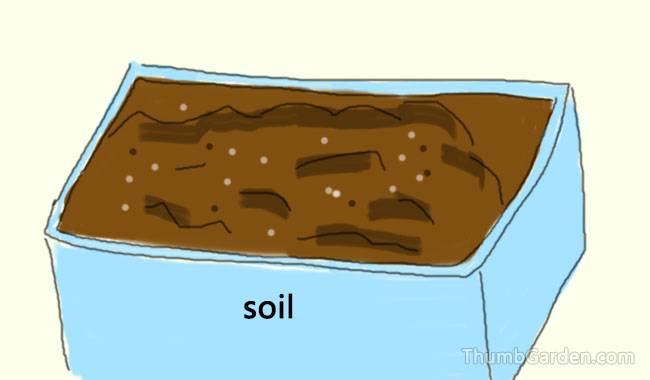
GROWING BASIL IN THE GARDEN
Planting basil should be done in a bright place where he can enjoy the sun all day long. Prepare the bed in advance, remembering that the soil should be nutritious, but loose.
If the soil is light, then you can introduce compost or other fertilizers to loosen it and you can place the seedlings where they will grow permanently.
But if the soil is heavy, you have to add peat, compost, sand, and ash and then dig it up to make it light and airy. Good soil preparation is to consider introducing 1 bucket of humus and 1 liter of jarred ash per square meter.
Plants should be planted infrequently – in rows, where there will be at least 30cm (11.8inch) between plants and 40cm (15.7inch) between rows.
Watering should be done between the rows after the plants have grown strong and will be damaged by the water flow. It is correct to plant the basil after beans, potatoes, cucumbers, and tomatoes.
It can be planted in the same place only after 10 years. Generally, seedlings root well and grow into large, bulky shrubs 50-70cm (19.6-27.5inch) tall. Basil can be planted in different parts of the vegetable garden so that its pungent aroma can repel pests.
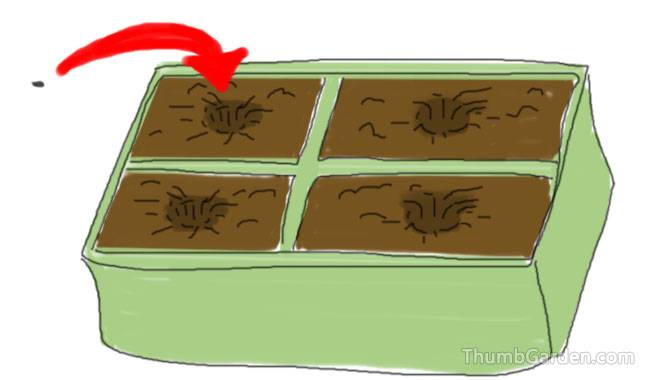
THE SEED PLANTING PROCESS CONSISTS OF THE FOLLOWING STAGES
Filling the box with soil 0.5 cm (0.19inch) below the edge underneath, compact. Scattering the seeds on the surface of the soil.
covering the seeds with soil to a depth of 0.5cm (0.19inch) of planting material, slightly dense. wetting the basil crop with a spray bottle.
Cover the top of the box with glass and place it in a warm, bright place for germination. Seeds germinate at 20°-25°С (68-77°F) for 10-12 days.
After seedlings emerge, remove the shelter. Place the seedlings in a well-lit place at 16°-20°C (60.8-68°F). The basil (whose seedlings grow at higher temperatures) stretches out and the bean sprouts thin out.
When the topsoil dries out, water the plants. Remove excess water from the pot. Otherwise, sprouts will become sick and have black legs and other diseases.
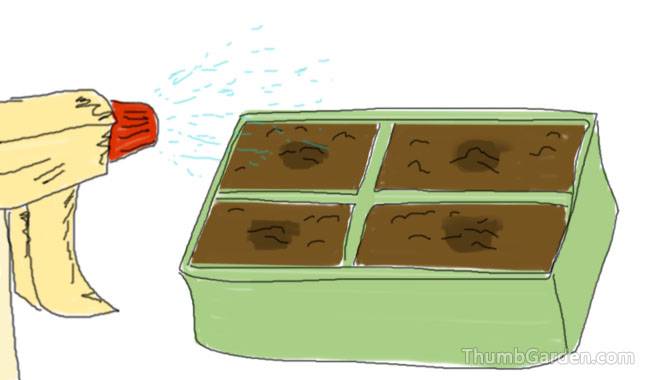
HOW TO TAKE CARE OF BASIL
You can take a shallow container to grow small seedlings 10cm (3.93inch) is enough. The soil should be nutritious as well as light and airy, so it is best to mix garden soil, peat, compost, and sand in equal parts.
If you have good compost, you can skip the garden soil altogether and add more compost. The prepared soil should be placed in a pot, spread on the drainage layer with swollen clay or pebbles, pour a manganese solution or just hot water, and you are already ready to sow the seeds.
On top, it should be covered with 1cm (0.39inch) of soil.
To keep the fire going, the pot is covered with glass or food film. In such a simple greenhouse, seedlings will appear in 7-10 days.
The film should be removed immediately and the temperature should be kept no lower than 20°C (68°F). If the weather is very warm, the restock will be stretched too far. It is best to water with warm water.
When the plant will have 2 true leaves – it is ready for picking. Most people simply transplant them into other (preferably disposable) containers instead of gently picking up the seedlings with a small spade or flat stick.
You can plant them in the same soil or you can add a little ash to it. The soil should be well poured, slightly tamped, a hole made, the plant placed in it, covered with soil, and slightly pressed to make it upright.
It is advisable to water immediately with warm water, but be careful not to get the plant itself – it is too fragile and easily damaged before it grows.
After a week, it is advisable to water the seedlings with mineral fertilizer dissolved in water. When the seedlings stand on the window, you need to make sure that the plants do not shade each other, so that everyone has enough light, and water in moderation – if you give too much water, black legs will appear.
Two weeks before it is time to plant in the soil, the seedlings should be taken outside every day to harden. At first, they are taken out and left in the warmest sunlight for 1-2 hours, then this time increases.
Such hardening helps seedlings to adapt to the bed more quickly. When the soil temperature in the street rises to 15-20°C (59-68°F), the basil can be planted in the bed, pinching the apex and stimulating the side shoots.
CARE BASIL
Basil care includes weeding, loosening the soil, and watering. Watering should be moderate, but adequate. Since it is planted for its foliage, do not allow it to flower.
As soon as flower buds appear on the plant, cut them off with scissors so that the effort is not spent on flowering and going to form new leaves. If the host wants their seeds, you may want to let one or two plants flower and then harvest the mature seeds.
Throughout the summer, you can pick the leaves off and use fresh ones. In the winter, by cutting off the leafy stems, you can dry the shoots, but you need to leave the 5 leafy stems from the roots so that the plant can continue to grow and form new branches.
Properly cut branches should be hung in a ventilated room to dry the stems of the branches. In the fall, all plants are cut off at the roots and dried in the sun.
If you want to keep fresh basil, you can carefully dig up with a clod of soil so as not to disturb the roots, transfer it to a pot (just do not forget about drainage), and the plant is likely to grow new leaves in the room.
Only he needs a full day of light, no less than 10 hours, and less natural light in winter. You can cut a small twig, hold it in water to take root, and plant it in a pot in the summer, the plant can grow in the room and repel flies and mosquitoes.
